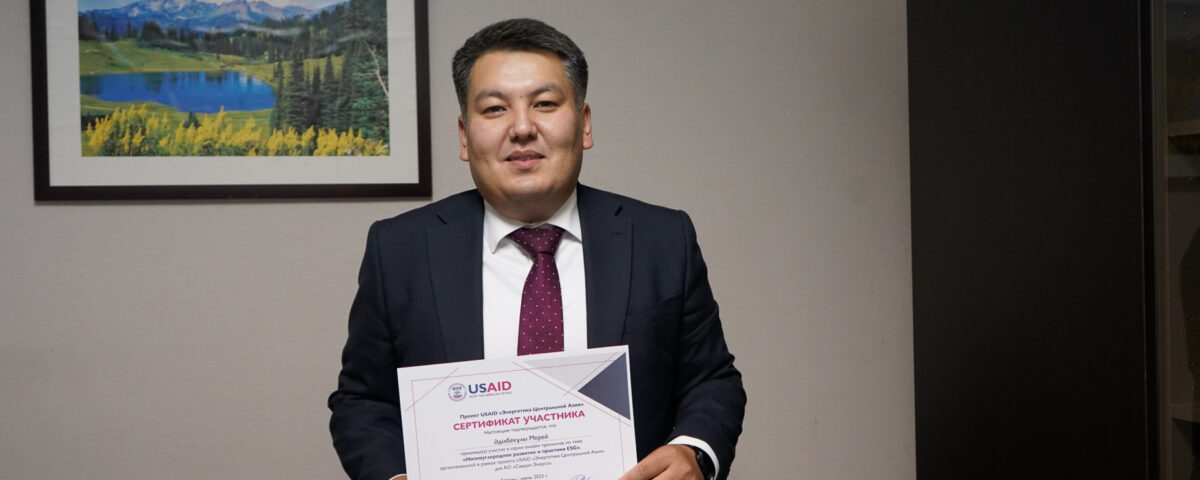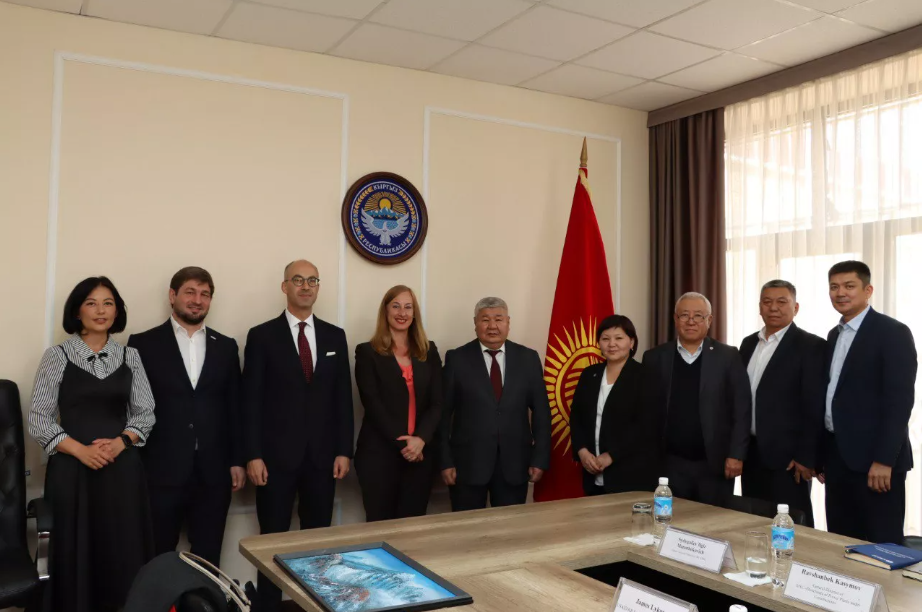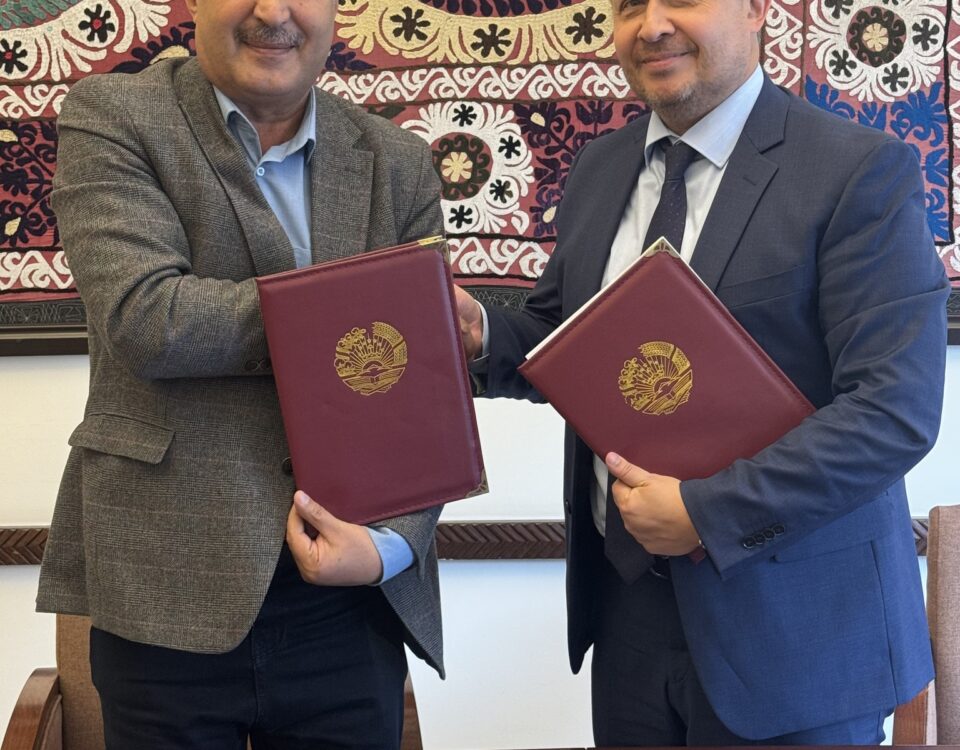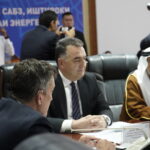
International Dushanbe Invest conference energy session
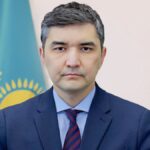
A new Deputy Minister of Energy has been appointed in Kazakhstan
In 2021, USAID established a foundation for a meaningful partnership with Samruk Energy, Kazakhstan’s largest energy company, helping pave the way for the country to position itself as a green champion in Central Asia. Kazakhstan has a goal of reaching carbon neutrality by 2060. Despite its heavy reliance on coal in generating electricity and heat, Samruk Energy also recently announced a goal to reach carbon neutrality by 2060, mirroring the national target.
Understanding how to navigate sustainable practices best differs from the challenges one faces on a trail. Just as a hiker must assess the terrain, make informed decisions, and adapt to changing conditions, so do companies need to select and implement the best sustainable practices for their work.
Merey Adilbekuly (33) heads the Production Efficiency Department at Samruk Energy. This April, Merey and his team turned to the expertise of USAID’s Power Central Asia (PCA) team to craft a comprehensive training program tailored to the company’s specific needs on Environmental, Social, and Governance (ESG) practices. The training showcased global best practices and lessons from successful sustainability initiatives worldwide. It also helped build on the company’s strategy and program, launched in 2022, to transition to low-carbon development.
Born and raised in Almaty, Kazakhstan, with its vast mountains, meandering rivers, and untouched wilderness, Merey always understood that these places are not only sources of inspiration and adventure but also vital ecosystems that support life as we know it. Having already obtained two higher education degrees in Sustainable Energy and Environment – through the international Bolashaq (The Future) stipend offered by the Government of Kazakhstan to its exceptional youth – he continues to enrich his education.
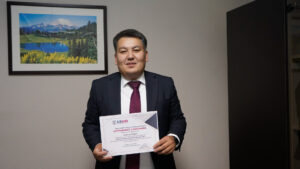
“My work is directly related to Environmental, Social, and Governance (ESG) practices, so I thought the training could be a great opportunity to deepen my knowledge and learn more about the global best practices,” says Merey.
The company constantly works to improve energy efficiency and resource-saving in production and recently accepted new requirements to reduce greenhouse gas emissions. According to Merey, today most employees have some knowledge and understanding in this area. Since last year, the company has already started work to obtain an ESG rating.
For three months, employees from different departments learned the skills to assess opportunities for achieving carbon neutrality, understand climate change impacts, explore renewable energy alternatives, implement carbon strategies, and navigate carbon markets. The training covered essential aspects like understanding legislation, assessing environmental impacts, mastering financial considerations, and implementing effective management strategies.
“This training was conducted, among other things, to deepen our knowledge. We are trying to raise the awareness of our employees about new principles, trends, and tools to reduce our carbon footprint. It is important to understand that each employee’s contribution, even if very small at first glance, can significantly contribute to low-carbon development on the scale of the company,” says Merey.
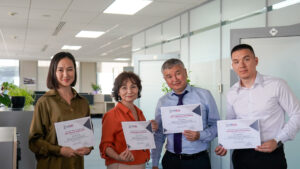
For a company whose activities are based on traditional energy generation, environmental issues, and low-carbon development are a priority in the global course towards a green economy. And our investment policy and the future development of the company largely depend on the measures taken to address these issues,” reflects Merey.
Looking at Samruk Energy’s place within the nation’s efforts for low-carbon development, Merey believes that embracing ESG practices can become an additional incentive for the development of the country’s economy, attracting additional investments for the implementation of large innovative projects, strengthening partnerships at the global level, and developing new industries, which will lead to an increase in jobs. Samruk Energy’s journey is part of a greater collective effort by agencies like USAID and companies that are woven together like a grand tapestry across Kazakhstan and the region. The dedication that Merey and his team have shown has far-reaching impacts, not only within the company but also in the wider community.
The commitment to turning “green” is an investment in the future, as it ensures that Kazakhstan’s natural wonders will remain pristine and accessible to hikers and adventurers for years to come. The country can forge a path toward a sustainable future by striking a harmonious balance between economic growth, environmental stewardship, and cultural preservation. Though it may not be an easy journey, reaching carbon neutrality is well within Kazakhstan’s reach. As the saying goes,
“a journey of a thousand miles begins with a single step.”
Похожие
On November 20, 2024, Sara Werth, the new USAID Mission Director to the Kyrgyz Republic, met with Taalaibek Ibraev, the Minister of Energy of the Kyrgyz Republic
Подробнее - On November 20, 2024, Sara Werth, the new USAID Mission Director to the Kyrgyz Republic, met with Taalaibek Ibraev, the Minister of Energy of the Kyrgyz Republic

